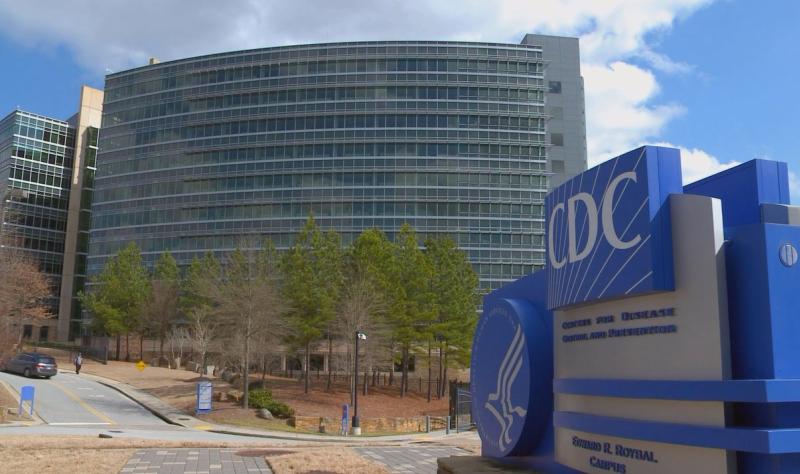Declining Confidence in US Health Institutions: A Critical Overview
In a concerning trend for public health in the United States, a recent study published in PLOS Global Public Health reveals a significant decline in the confidence of adults in key health organizations like the Centers for Disease Control and Prevention (CDC). The study, conducted by researchers from the University of Texas Southwestern Medical Center, highlights a drop in confidence levels among Americans, which warrants a closer examination of the implications and factors contributing to this phenomenon.
A Dismaying Drop in Confidence
According to the study, the percentage of US adults expressing high confidence in the CDC plummeted from an impressive 82% in February 2020 to a low of 56% by June 2022. The four surveys, taken from February 2020 to October 2024, revealed similar trends in trust for other health institutions. The National Institutes of Health (NIH), Department of Health and Human Services (HHS), and state and local health departments also experienced marked declines, reporting reductions in confidence ranging from 13 to 26 percentage points during the same period.
Understanding the Surveys
The researchers conducted four separate surveys with sample sizes of 718, 672, 856, and 828 participants, respectively. The surveys explored Americans’ perceptions not only of public health organizations but also asked who respondents believed should guide the US response to infectious disease outbreaks. The first two surveys focused on the COVID-19 pandemic, while the latter ones examined responses to the mpox outbreaks of 2022 and 2024.
Such structured inquiries shed light on public sentiment and allow for a nuanced understanding of trust dynamics in health institutions during challenging times.
Partial Rebound in 2024
While the decline in confidence was stark, the study’s findings revealed a slight rebound in trust by October 2024. High confidence in the CDC increased marginally to 60%—still well below pre-pandemic levels. Similarly, while trust in the NIH and HHS followed a downward trajectory during the pandemic, a modest recovery was observed, albeit insufficient to restore their former reputations.
Interestingly, confidence in personal physicians has exhibited a different trend. Many respondents reported a 5% increase in trust in their own doctors from 2022 to 2024. In addition, trust in local health departments saw a notable 19% increase, indicating that individual providers may still maintain a level of trust that larger institutions struggle to achieve.
The Role of the Public Health Response
The decline in confidence can largely be attributed to a variety of external factors, including misinformation related to healthcare and the overwhelming socio-economic challenges instigated by the pandemic. The authors of the study emphasize that this decline must be taken seriously to maintain the credibility of health institutions and their recommendations.
Senior author Amyn Abdul Malik underscores the critical role of healthcare providers in this context, stating that even amidst declining trust in institutions, healthcare professionals remain some of the most trusted sources of information for the public.
The Importance of Rebuilding Trust
The implications of this decline in trust are far-reaching. If the public loses confidence in health institutions, it could hinder effective communication and public compliance during health emergencies. Hannah Melchinger, the study’s first author, advocates for a serious response to this decline, noting the essential role that health communicators—including doctors, nurses, and healthcare staff—will play in rebuilding trust.
In a landscape where misinformation is rampant, these trusted communicators must strive to restore public faith in medical guidance and health initiatives. By reaffirming their commitment to patient education and transparent communication, healthcare providers can help bridge the trust gap that has widened in recent years.
This study serves as a critical reflection on the state of public health trust in the US, offering insights into the necessity for reforms and strategies aimed at re-engaging the public with their health institutions. With a focused effort on communication and reliability, there remains hope that confidence in these vital organizations can be restored.


